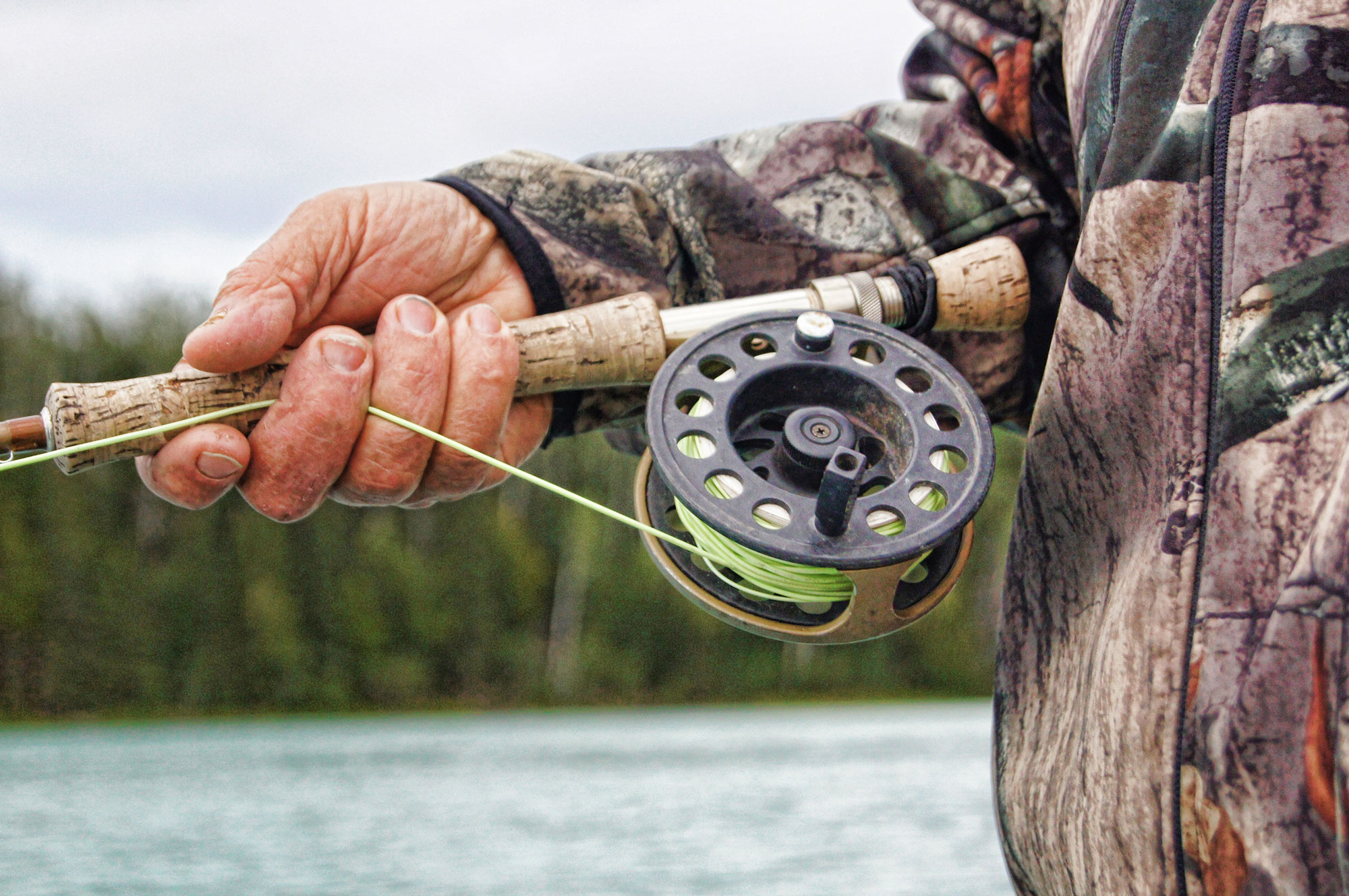For Better Control on Windy Days and the Ability to Troll Slower, Add Backtrolling to Your Techniques
Advertisement
If you’ve ever struggled to control your boat on a windy day or wished you could troll slower, you should add backtrolling to your repertoire of techniques. Walleye pros have been using this method of precision boat control since the late 1960s; it’s well suited for vertical presentations, including jigs, Lindy Rigs and bottom bouncers. While associated most with walleye fishing, backtrolling is easily adaptable to catching other species, particularly bass. As a fishing guide, I backtroll every day for presenting baits with the utmost accuracy. Here’s how to master the tactic—and catch more fish.
1. Use a Tiller
Backtrolling is ideally suited for boats with a tiller-controlled motor. Console-controlled boats can be modified for backtrolling by adding a kicker or transom-mounted electric trolling motor. Splash guards mounted on the transom and a bilge pump are necessary for keeping water out of the boat.
Advertisement
2. Face the Wind
The number one rule of backtrolling is to travel into the wind. Face the transom into the waves and repeatedly work the motor from neutral to reverse with one hand while holding your rod in the other. Vary the length of the bursts in reverse to achieve your desired trolling speed.
3. Watch Your Speed
The ability to troll very slowly, or hold in one spot, is one of the major advantages of backtrolling. Much like forward trolling, however, your speed should be determined by a combination of the depth you’re fishing and the weight of your presentation. Move quickly to cover water while searching for active fish. Once you find them, you can remain in one spot by using just enough reverse to counter the wind and the waves.
4. Fish in the Zone
Another major benefit of backtrolling is it keeps fishing lines away from the prop. I try to keep my line at a 45-degree angle to the surface of the water so my bait stays under the boat and in the strike zone. When you’re moving faster or deeper, you’ll need heavier weights to keep your baits where you want them.
Advertisement
5. Watch Your Electronics
Use your GPS and sonar to help you stay on course, mark fi sh and identify structure. Once you find fish, note the depth and backtroll along the structure at similar depths. With baits under the boat, you’ll often be able to mark them on your graph. This can help you directly target the fish you also mark. I also use a GPS to track my trolling path, which makes it much easier to repeat a successful trolling run.
6. Make Precise Turns
Backtrolling enables you to see what you are trolling toward. Having the steering device located at the leading edge of your path allows for quick turns, making it easier to follow a weedline or contour. Plus, hazards such as rocks are easier to see and avoid.
Advertisement
7. Work the Shoreline
Casting baits for bass, pike, walleye, muskie and other species while backtrolling is an effective way to work a shoreline. Simply position your boat a cast’s length from land and troll parallel to it.

